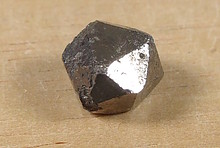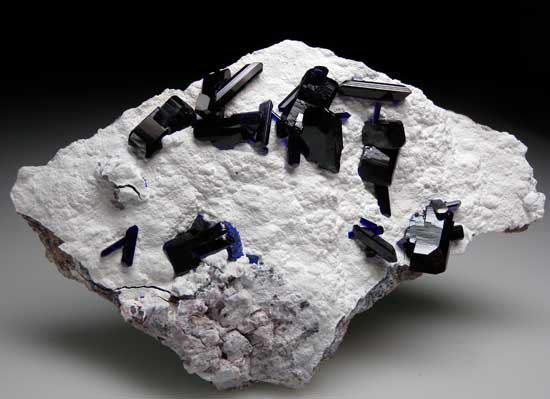Home PageAbout MindatThe Mindat ManualHistory of MindatCopyright StatusWho We AreContact UsAdvertise on Mindat
Donate to MindatCorporate SponsorshipSponsor a PageSponsored PagesMindat AdvertisersAdvertise on Mindat
Learning CenterWhat is a mineral?The most common minerals on earthInformation for EducatorsMindat ArticlesThe ElementsThe Rock H. Currier Digital LibraryGeologic Time
Minerals by PropertiesMinerals by ChemistryAdvanced Locality SearchRandom MineralRandom LocalitySearch by minIDLocalities Near MeSearch ArticlesSearch GlossaryMore Search Options
The Mindat ManualAdd a New PhotoRate PhotosLocality Edit ReportCoordinate Completion ReportAdd Glossary Item
Mining CompaniesStatisticsUsersMineral MuseumsClubs & OrganizationsMineral Shows & EventsThe Mindat DirectoryDevice SettingsThe Mineral Quiz
Photo SearchPhoto GalleriesSearch by ColorNew Photos TodayNew Photos YesterdayMembers' Photo GalleriesPast Photo of the Day GalleryPhotography
╳Discussions
💬 Home🔎 Search📅 LatestGroups
EducationOpen discussion area.Fakes & FraudsOpen discussion area.Field CollectingOpen discussion area.FossilsOpen discussion area.Gems and GemologyOpen discussion area.GeneralOpen discussion area.How to ContributeOpen discussion area.Identity HelpOpen discussion area.Improving Mindat.orgOpen discussion area.LocalitiesOpen discussion area.Lost and Stolen SpecimensOpen discussion area.MarketplaceOpen discussion area.MeteoritesOpen discussion area.Mindat ProductsOpen discussion area.Mineral ExchangesOpen discussion area.Mineral PhotographyOpen discussion area.Mineral ShowsOpen discussion area.Mineralogical ClassificationOpen discussion area.Mineralogy CourseOpen discussion area.MineralsOpen discussion area.Minerals and MuseumsOpen discussion area.PhotosOpen discussion area.Techniques for CollectorsOpen discussion area.The Rock H. Currier Digital LibraryOpen discussion area.UV MineralsOpen discussion area.Recent Images in Discussions
Techniques for Collectorscleaning off the "white stuff" on Milpillas Brochantities
22nd Dec 2015 01:49 UTCbob kerr
any thoughts as to what this may be and what if anything can be done to remove it without impacting the brochantite?
thanks,
bob
22nd Dec 2015 02:37 UTCKeith Compton 🌟 Manager
I believe that you will find that the white material is Dickite.
This is probably only removable with something like HF acid but then that would also destroy the Brochantite.
I think that unless you can soak it with water and gently pick and remove it with something like a dental probe then I don't think that you will have much success.
Still a nice piece
Cheers

22nd Dec 2015 02:46 UTCBob Harman
Brochantite is a copper sulfate mineral. The white stuff, I do not know, but I might first try vinegar (or very dilute HCl) as carbonates are so common and it should not affect the brochantite.
After the vinegar treatment, whether it has any effect or none at all, I might try a hi pressure cleaning gun. Start off with a very gentle spray in a corner of the specimen to see if the brochantite xtals will stand up to the spray. Only then gradually turn the spray nozzle up to put more pressure into the water stream, seeing if the xtals are stout enough to withstand the increasing spray.
If you are lucky, perhaps much of the white stuff will be loosened and removed. If not, and it remains intact, then I can't help you. Someone else will have more ideas. CHEERS.....BOB
22nd Dec 2015 04:36 UTCbob kerr
the reason i'm leaning towards dickite - which is not a carbonate - is that there are quite a few examples of azurite on dickite from the mine - see photo below - and it really is nice with the azurites as the contrast makes the azurites stand out.
seems that the brochantites are kinda "smothered" by the dickite so it detracts.
other thoughts are welcome

22nd Dec 2015 05:04 UTCDoug Daniels
22nd Dec 2015 08:17 UTCDale Foster Manager
To my mind it is part of the paragenesis for that material, unlike specimens I have collected of tin ore in Cornwall which is covered in dump growth iron oxides that are post mining and are seriously unattractive and benefit greatly from cleaning.
I would personally not do anything to your specimen as I think the risk of damage outweighs any potential gain.
22nd Dec 2015 09:41 UTCDavid Von Bargen Manager
http://soil-environment.blogspot.com/2010/04/hydrogen-peroxide-is-not-good-reagent.html
22nd Dec 2015 13:37 UTCRonnie Van Dommelen 🌟 Manager
22nd Dec 2015 15:51 UTCSteve Hardinger 🌟 Expert
23rd Dec 2015 03:26 UTCbob kerr
to those of you who think it is fine as-is - I tend to agree and will be keeping a good specimen with this coating in my collection - it is mineralogically interesting - but for the others I think they will be much easier to sell without the dickite - or at least minimal dickite. do a search on minfind and look at the prices these are demanding - but none with dickite coating. this mine has produced the world's best - by far - brochantites and prices reflect this. will report back with results - when I can get to it.
thanks to all,
bob

5th Jan 2016 00:34 UTCDr. Brendan O'Connor
5th Jan 2016 13:37 UTCReiner Mielke Expert
15th Jan 2016 21:53 UTCbob kerr
thanks for all the feedback
bob




Mindat.org is an outreach project of the Hudson Institute of Mineralogy, a 501(c)(3) not-for-profit organization.
Copyright © mindat.org and the Hudson Institute of Mineralogy 1993-2024, except where stated. Most political location boundaries are © OpenStreetMap contributors. Mindat.org relies on the contributions of thousands of members and supporters. Founded in 2000 by Jolyon Ralph.
Privacy Policy - Terms & Conditions - Contact Us / DMCA issues - Report a bug/vulnerability Current server date and time: April 27, 2024 02:54:16
Copyright © mindat.org and the Hudson Institute of Mineralogy 1993-2024, except where stated. Most political location boundaries are © OpenStreetMap contributors. Mindat.org relies on the contributions of thousands of members and supporters. Founded in 2000 by Jolyon Ralph.
Privacy Policy - Terms & Conditions - Contact Us / DMCA issues - Report a bug/vulnerability Current server date and time: April 27, 2024 02:54:16













